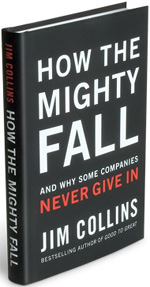 by Michelle Greenwald –
by Michelle Greenwald –
How exactly do we define innovation? While it’s probably the most overused term in business today, innovation is not a fad. It’s not even new. What differentiates a smart innovation—and makes it worth writing about—is that it has the capability of moving a business forward in ways that can result in more customers, more sales, more brand loyalty, more good will, or some combination of those effects. Smart innovation is capable of providing a company with competitive advantage. Innovations are smart when they are not just inventions for innovation’s sake, just to be new and different; rather they provide a strategic benefit.
Innovation has always been relevant because it aims to satisfy unmet consumer and business needs; as the new-product development time-to-market continues to shrink and product life cycles get shorter and shorter, the term will become even more relevant. What qualifies as an innovation, in my mind, is a product, service, aspect, or feature that is new, different, surprising, clever, fresh, attention-getting, challenging of conventional ways things are done, and is an obvious improvement on “what’s out there” in that particular product category and geographical area. [Read more…]

 by Thomas Lockwood –
by Thomas Lockwood – by Ryan Ellis –
by Ryan Ellis – by Josh Linkner –
by Josh Linkner –
 by Alice Hansen –
by Alice Hansen –